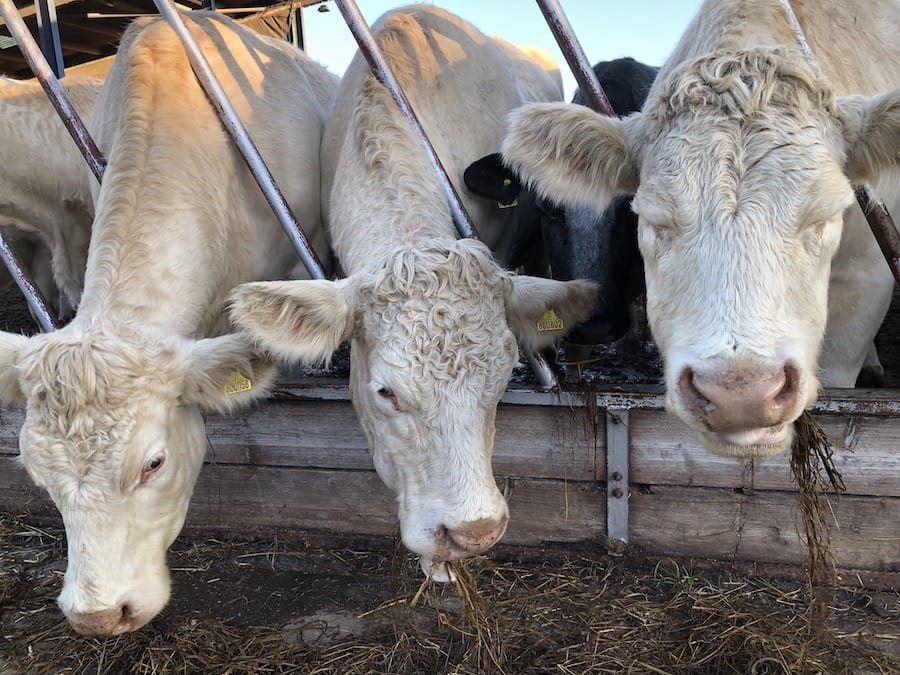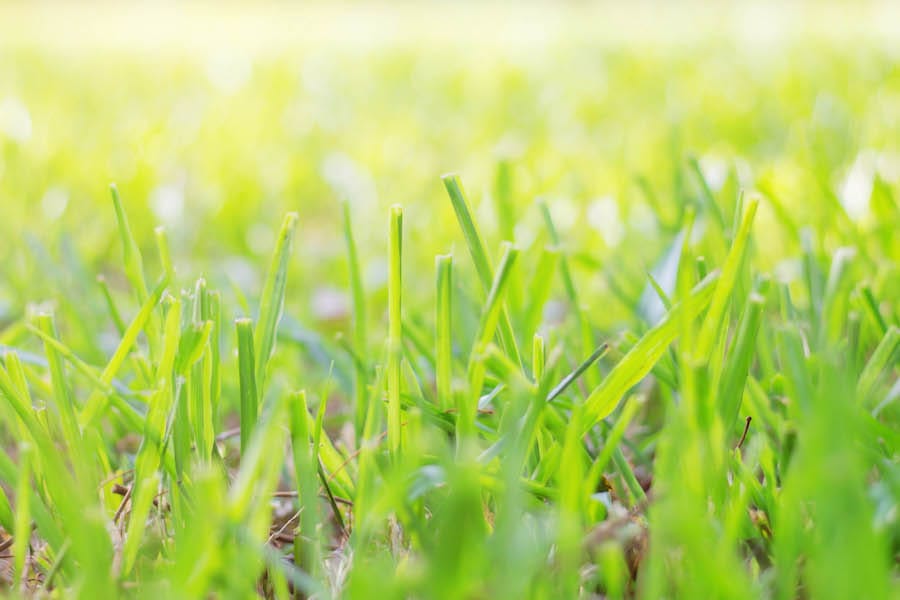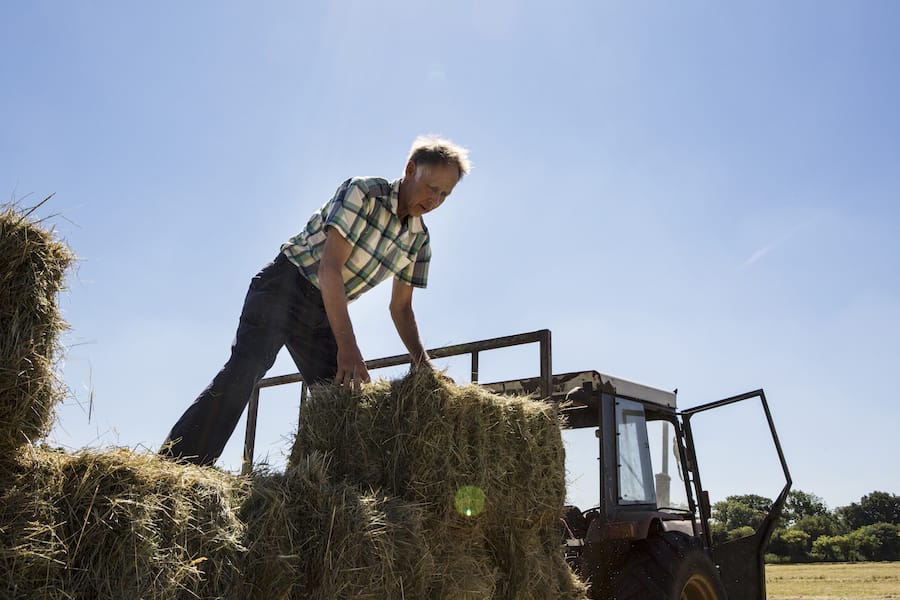Every sticky situation has its recovery process.
Recovering from the flu would mean bowls of steamy chicken soup and movies while recovering from a breakup would probably mean flinging photos into a fire!
Now in part 1, let’s talk about recovering from drought, specifically around what you can do with financial management and farm management.
Next in part 2, we’ll cover weed management and animal health as part of your drought recovery process.
But before we begin, how do we know that the drought is really over?
When is the drought really over?
A drought can be considered as ‘broken’ or over when there has been enough rain to take soil to 15% field capacity. This generally amounts to more than 50 mm.
Now, let’s move on to what we can do to bid farewell to the drought in style.
Short-term & long-term responses
As always there are the actions that will have immediate benefits, and then those that are for long-term impact.
Short-term responses include feed management efforts like forage budgeting, allocation of buffer feed, silage feeding, using winter feed supplies, feeding supplements and concentrate.
Livestock farmers usually either purchase additional feed immediately, or they use their stored winter feed.

Herd management practices like drying cows early, night grazing, weight control, etc. are quite common after a drought.
To reduce the heavy feed costs, consider selling animals – mainly the barren cows and poor milkers. This can also help you maintain overall herd qualities.
Long-term responses include ways to increase the supply of water on the farms by connecting hydroelectric pipes and purchasing lakes, ensuring stocks of hay to provide feeds to farms and raising the animals on pastures.
Let’s explore the most important responses in detail
Financial management:
When drought breaks, farmers are first going to be looking at options to improve profit and productivity as fast as possible.
The huge pressure of the drought, that manifests itself in reduced revenue and a spike in feed costs will have tightened your purse strings.
You now need a solid plan to bounce back mightily, with fresh forage, replacement stock and even financial strength for your pastures to be profitable.
- Assess your financial position honestly
- Prepare a detailed balance sheet with assets and liabilities
- Prepare a monthly cash flow projection for the next 12 – 24 months
- Improve finance relationships with your creditors. Consider restructuring debts
- Prioritise income sources
Farm management:
Assessing your pastures:
Divvy up your paddock into parts and study the extent to which they’ve been affected.
How and when will they recover? How much forage is left behind? What is the weed situation like? Can the pastures be restored or do you have to replace them?
You may even consider asking questions like – What types of ryegrass and what endophytes have battled the drought best? This will give you a better idea of what works in a period of drought or heat stress.
The 50% rule: Use the 50% rule as soon as the drought breaks to assess your pastures.
First, you put your right foot out and shake it all about – just kidding – put your right boot out and check if there are live grass tillers at the front of your shoe. Repeat this 20 times. If the answer is no in more than 50% of the time, then your paddock needs to be restored.

Rank your pastures in order of what needs immediate action based on the extent of the damage.
Or if you’re using a tool like pasture.io, you would already have this information at the ready.
What’s next?
So once you’ve assessed the state of your pastures thoroughly, let’s move on to the next step.
- For pastures that are half-damaged, and where repair isn’t possible, make sure you have enough N for grass and P, K and S for clovers. Use extra amounts of fertiliser in early spring to boost the growth of the grass. Utilize rotational grazing practices to allow plants to rest, recover and improve their root mass.
- Decide what species you want to grow
- Use treated seeds to improve germination and limit insect attack
- Under-sowing or short-term ryegrass can also help boost feed supply if done right
- Measure your pasture growth rates to understand how it is responding to your weather changes and fertilizer inputs
All about N
Slow down your rotation so that your grass has enough time to develop root mass. Do not put your cows onto the recovering pasture until the grass regrows to 6-8 inches.
Supplement the shortfall with hay or silage, even if it needs to be purchased.
When there are spells of rain after a drought, almost half of the available grass is lost because it decays very quickly.
At this time, your cows will need all their nutrition from the supplemental feed. You will usually need about 100 – 160 kg DM per cow, depending on how dry the farm is.
As you know, the DM content of grass after rain is very low because of how fast it grows so supplement will be needed even when there is fresh forage available for the cows.
N: Application of nitrogen can be delayed for weeks after the rain as the soil will already have good reserves of N.
Nitrogen levels in soil usually increase during a drought. When the rain finally arrives, the new growth of grass along with cool and cloudy weather leads to nitrate accumulation in the leaves. This could cause nitrate poisoning.
Permanent pastures are usually free of the risk of nitrate poisoning in warm and sunny temperatures but there is a risk during cool and cloudy weather.
New grass and annuals sown right after a drought could already be toxic and applying N on top of that is just going to make it more dangerous.
You can reduce the risk of nitrate poisoning by:
- If you suspect certain pastures have nitrate poisoning test them with a nitrate kit
- Follow longer rotations
- Do not offer high-risk pastures to extra hungry cows – put them on to other forages first

Pasture recovery options:
- If your land is mostly bare and bereft of weeds then you can undersow with Italian ryegrass or perennial ryegrass/clover
- If it’s mostly bare but with weeds that have chances of re-establishing then spray and direct-drill with short-term or perennial pasture
- If weeds have taken over then spray or cultivate and plant 1-2 crops or short-term pasture before you plant your perennial pasture
Spring-planted crop options:
- For summer grazing, consider rape, forage brassica, or turnips. Rape and forage brassica will provide multiple grazing and turnips – a larger single grazing
- For winter grazing, consider kale, swedes, or turnips planted in summer. Swedes are great for cool regions while kale and swedes are suitable for winter grazing
- For conserved feed; triticale, barley, Italian ryegrass, maize and lucerne work well. Triticale can be planted during early-spring, barley during mid-spring for whole crop silage and maize is suited for the warm climate.
- Grain crops like barley, wheat and triticale are tricky and usually require good skills to achieve good results.
It’s important to choose perennials that are a good fit for your farm. Consider alternatives to ryegrass that will withstand drought better like tall fescue, cocksfoot, pasture brome, lucerne, plantain, sub-clover, or chicory.
So now that we’ve covered both financial management and farm management, we will still need to talk about weed management and animal health.
That’s in Part Two of our ‘Recovering from a drought’ series.
See you there.
- The Dedicated Team of Pasture.io, 2020-11-12